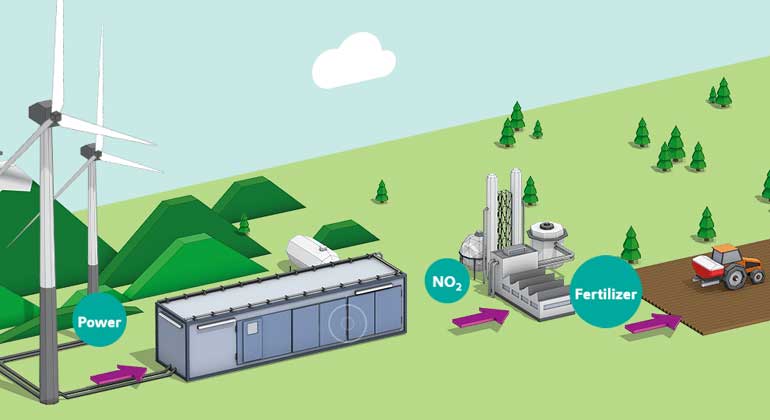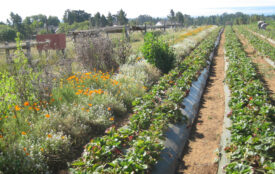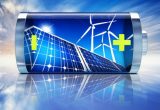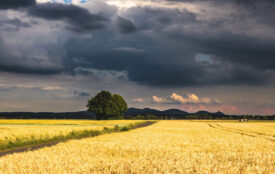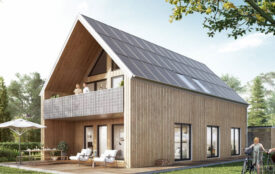Fertilizing with wind
Can surplus power from wind turbines be used to convert atmospheric nitrogen into fertilizers? Thanks to the Evonik EcoTrainer and EU MAPSYN project, the answer is a resounding yes.
By 2050, the German federal government wants 80 percent of the country’s electricity needs to be met by wind power and other renewable sources. One problem is that this requires constant harmonization between the weather-sensitive power supply and the equally variable demand for electricity.
An ingenious concept that makes good use of intermittently available renewable electricity surpluses at the generation site is being pursued by partners in the EU MAPSYN project. Wind turbines produce CO2-free electricity, which powers an adjacent compact plant that obtains nitrogen dioxide (NO2) from the atmosphere. NO2 is easily converted into nitrogen fertilizers to enrich the soil in the region’s fields.
GREEN ALTERNATIVE
In order to extract nitrogen from the air in the form of NO2, the MAPSYN researchers harness a technique developed as far back as the start of the 20th century. But because of its extremely high energy requirements, the Birkeland-Eyde process was forgotten.
Instead, another method – developed at almost the same time – has prevailed: While the Haber-Bosch process safeguards humanity’s food supply to this day, it has one serious drawback. Manufacturing one kilogram of ammonia releases between 1.15 and 1.3 kilograms of carbon dioxide. Globally, some 140 million tons of ammonia are produced each year.
Against the backdrop of the energy transition targets, scientists at Eindhoven University in the Netherlands joined forces with Evonik in reassessing the Birkeland-Eyde process for the MAPSYN project. Under laboratory conditions, they have already shown that energy requirements can be halved.
PILOT PLANT PUT INTO OPERATION AT EVONIK IN HANAU
Now the researchers are hoping to replicate those results on a pilot scale. Which is why a test facility was built inside an EcoTrainer at the Evonik site in Hanau. Measuring twelve by three by three meters, this high-tech container houses all the equipment necessary for small-scale production, including water and power lines as well as an exhaust air system, process control and fire-protection systems. Since 2010, the EcoTrainer has already proven itself in several Evonik and EU projects.
